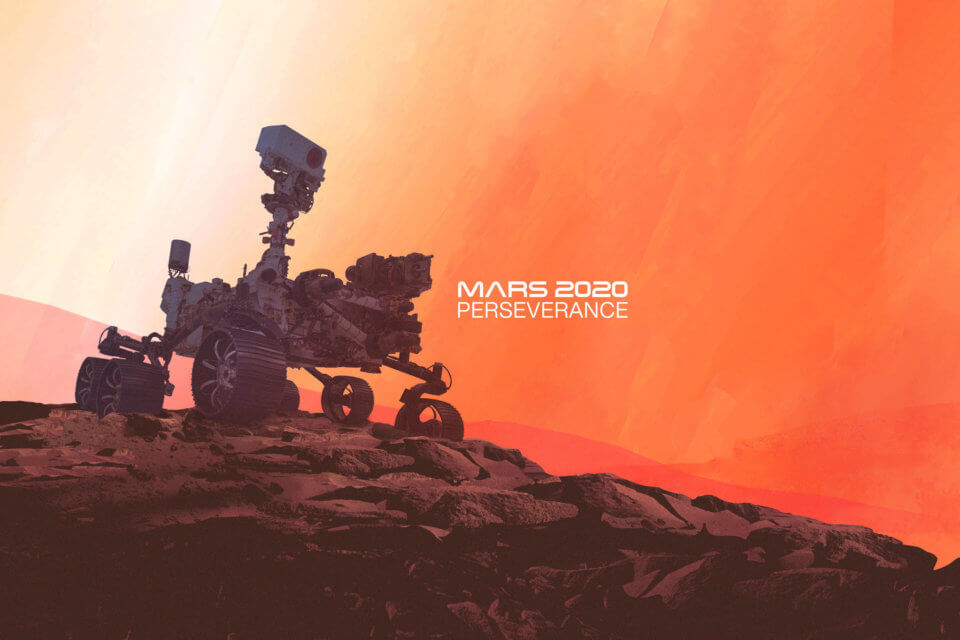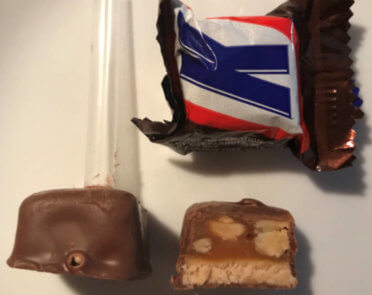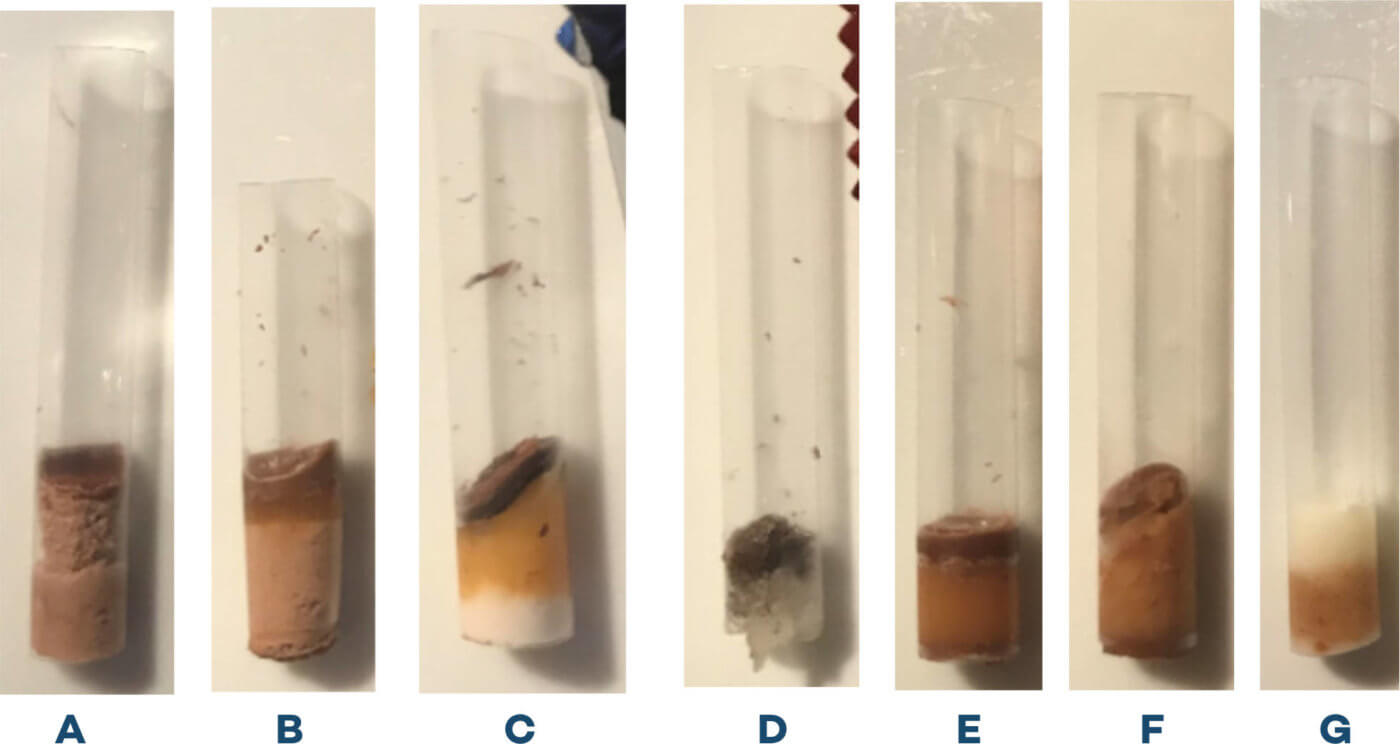The Geological Study of Mars
The Perseverance rover will gather samples from Martian rocks and soil using its drill. The rover will then store the sample cores in tubes on the Martian surface. This entire process is called “sample caching”. Perseverance will be the first mission to demonstrate this on Mars. It could potentially pave the way for future missions that could collect the samples and return them to Earth for intensive laboratory analysis.
Perseverance Sampling Technical Specifications
- Main Job: Collect and store a compelling set of rock and soil samples that could be returned to earth in the future.
- Sample Containers: 43
- Drilling capability: a rotating drill carousel in the belly of the rover which is a wheel that contains different kinds of drill bits.
- Robotic arms: a large one for drilling and a smaller one that works as a “lab assistant” to the big arm. The small arm picks up and moves new sample tubes to the drill and transfers filled sample containers into a space where they are sealed and stored.
Read more at
including a video of the sampling system.Materials needed (for each person):
- “Fun or bite size” candy bar (Snickers, Milky Way, Mounds, Reeses Peanut Butter Cup, etc)
- Two 3” long section of clear plastic soda straw
- Paper plate
- Plastic knife
- Graph paper or small ruler
- Wet wipes (optional for hand clean-up prior to activity since edible material is involved.)
Objectives of this activity:
You will have the opportunity to:
- Examine a simulated Martian surface core sample.
- Learn how an unknown core sample can be identified by matching it with a known sample.
- Discover how surface core samples can tell us about the history and make-up of Mars.
- Consume the core sample at the end of the exercise!
How is this like the Perseverance Mission:
- A Mars robotic arm onboard a lander that could drill down approximately 1/2 meter into Martian surface.
- A Mars long-range rover that can drill core samples in selected rocks for a sample return of Martian surface materials to Earth.
Procedure:
- Obtain one of each candy bar (use candy at room temperature, or a bit warmer.)
- Unwrap the candy bar and record observations about:
- the exact color of the surface. Is it milk chocolate color, dark chocolate, etc. Use specific words to describe what you are seeing.
- the surface features of your sample: Is it smooth, wavy, lined, bumpy, speckled, etc.? Can you see different colors integrated into the surface?
- If this was a Martian sample, what physical processes could have caused the textures or features you are seeing? Could it be water erosion (fluvial), wind erosion (aeolian), impacts, or something else?
- Take a “core sample” of each bar by carefully and steadily drilling a straw into each candy bar. You may need to rotate the straw to ‘break through’ the surface but be careful not to compress the inner material.
- How many layers does your Martian core sample contain?
- Record the number and thickness of layers, as well as color and texture of layers. What are the layers made of? Any repeated layers? The chocolate covering would be the surface the youngest area of deposit. The stratigraphy (the order of the layers) would grow older as they go down the straw, towards the bottom. This would generally be true, barring any unusual events, like earthquake faulting or magma (liquid rock) intrusion.
- Draw a picture showing the layers of your Martian core sample.
- Use the plastic knife to carefully cut each candy in two so the layers can be viewed more easily in a cross-section. Discuss which layers were made first. How were the layers made?
- Compare the core samples to the photos below. Can they identify if a core in the photos matches one that they have?
- Now, the fun part…..consume the samples.
Questions to Consider:
- Why would a core sample from Mars be important to the study of Mars?
- Where would be the best place to study a Martian core sample…on Earth or on Mars? Why?
- What would account for the various Martian core samples being different if they were all from Mars?
- Why should you avoid ‘rocky samples’ like Snickers? How will Perseverance overcome this potential problem?
Sample Candy Bar Core Photos
References
Mars 2020 Sample Handling
https://mars.nasa.gov/mars2020/spacecraft/rover/sample-handling/
Adapted from MARS Activities pages 11-15 developed by NASA JPL.
https://mars.nasa.gov/classroom/pdfs/MSIP-MarsActivities.pdf
Original Credit: This activity is adapted from Mission to Mars materials from the Pacific Science Center in Seattle, WA and Adler Planetarium. Submitted to Live from Mars by April Whitt and Amy Singel, Adler Planetarium. Teacher’s Edition created by ASU Mars K-12 Education Outreach Program.
The extraordinary sample-gathering system of NASA’s Perseverance Mars rover
https://phys.org/news/2020-06-extraordinary-sample-gathering-nasa-perseverance-mars.html








